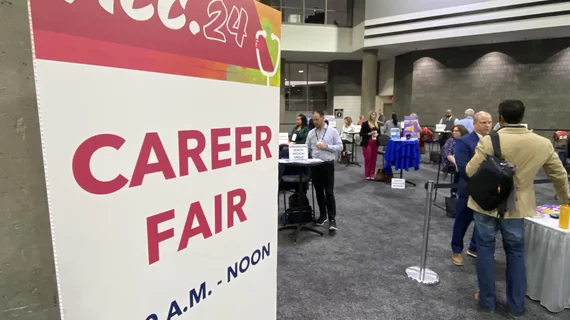Healthcare job growth slowing, down nearly 50% on the year
The downward trend of new jobs in healthcare continues, with the space adding only 31,000 jobs in August. In June, healthcare saw 49,000 new jobs, down from 68,000 in May. Meaning, growth in the industry—which averaged 60,000 new jobs a month over the last year—could be slowing.
The above numbers come from the latest jobs report from the U.S. Bureau of Labor Statistics (BLS), which highlighted healthcare and construction as the two industries seeing the biggest increase in hiring during a labor market that seems to be cooling.
Healthcare alone accounted for 22% of all new job creation in August, with the ambulatory sector adding 24,000 new workers and hospitals taking on an additional 10,000. Construction, however, was the big winner, up 78% on the year average, seeing 34,000 new jobs in August alone.
Social Assistance was another winner, adding 13,000 new roles. Manufacturing performed the worst, losing 24,000 jobs in August. Other spaces “showed little change over the month,” BLS noted.
The unemployment rate for August sat at around 4.2% nationally. According to BLS, that marked “little” change in recent months.
It’s important to note the numbers in the report are preliminary estimates based on trends and available data, BLS added. They will likely fluctuate over time as new information is made available.
A summary of the full report is available here.

